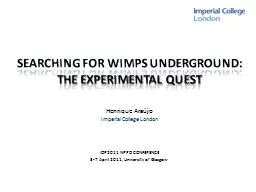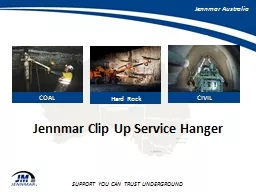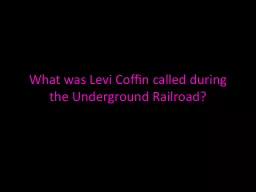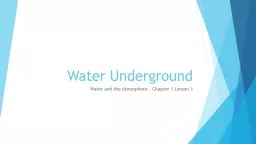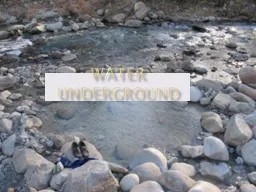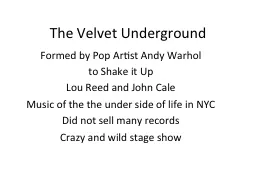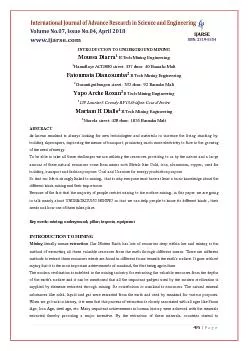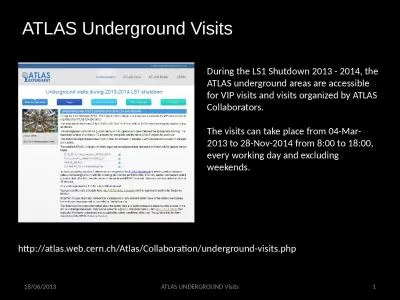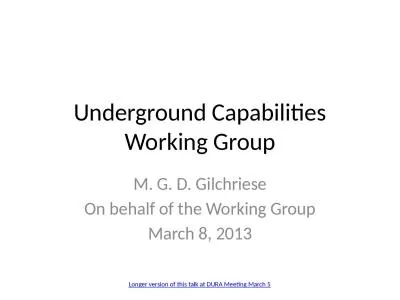PPT-SEARCHING FOR WIMPS UNDERGROUND:
Author : hondasnoopy | Published Date : 2020-06-24
THE EXPERIMENTAL QUEST Henrique Araújo Imperial College London IOP2011 NPPD CONFERENCE 37 April 2011 University of Glasgow Outline WIMP scattering signal The
Presentation Embed Code
Download Presentation
Download Presentation The PPT/PDF document "SEARCHING FOR WIMPS UNDERGROUND:" is the property of its rightful owner. Permission is granted to download and print the materials on this website for personal, non-commercial use only, and to display it on your personal computer provided you do not modify the materials and that you retain all copyright notices contained in the materials. By downloading content from our website, you accept the terms of this agreement.
SEARCHING FOR WIMPS UNDERGROUND:: Transcript
Download Rules Of Document
"SEARCHING FOR WIMPS UNDERGROUND:"The content belongs to its owner. You may download and print it for personal use, without modification, and keep all copyright notices. By downloading, you agree to these terms.
Related Documents

